Electronic products are small pieces to solve the puzzle of this modern lifestyle. They fit in exactly where they are needed, and additionally, they make our lives easier.
Today, when the global climate situation has become worse, electronic vehicles have come forth as the ultimate solution.
Well, these are international issues! And we are here to solve your personal problems that you might be facing if you have a retailing shop of electronic products.
If you believe that people still prefer to see any product before buying physically, then you are wrong. People now go for an instant solution!
They find a product Online, and the website assures them to deliver the product at their doorsteps.
You must have observed that most of the product that you have in your shops are also available online. Have you ever wondered where do these online shopping companies procure their products?
It is very simple. They get it from shops like yours. They work as the middleman between the shop and the customer only.
Change is the name of the business. If you want a successful business, then you have to go with the flow, i.e. you have to shape and mould according to changing trends. You have to tap the change and utilize it in the best possible way.
The best thing is that even if you can do it with just some simple procedures. You have to click the pictures of your products professionally in a studio. Then you have to edit a little bit make it look little finished and then you have to upload it in the website.
We as Electronics Product Photographers
The market for electronics, home appliances, and computers is evolving at a rapid rate, necessitating a continuing demand for fresh product graphics. We provide cutting-edge picture studios, 360-degree turntables, a professional LED lighting kit, and 3D electronics photographic equipment. These technologies streamline and automate the whole visual production, and they are managed by a special piece of software. We also produce still, 360-degree, and 3D images of the electronics devices with the fewest post-production edits possible. Ping us if you want eye-catching electronic goods photography! Product Photo is committed to producing crisp, high-quality photographs that are ideal for promoting your items on any e-commerce platform.

Top Electronics Product Photography Tips to Apply
Electronics equipment aren't often the most straightforward to shoot because electronic devices are comprised of glowing LED buttons, shiny displays, and curved curves. You need to be aware of the right tools to use, the optimum shooting positions, and lighting techniques in order to achieve the greatest results. Here are some tips that’s worth considering:
1. Lighting Talks:
The right lighting is essential for effective electronics product photography. The item must be evenly illuminated with white light of a suitable colour temperature. This is frequently the cause of the poor quality of the cell phone photos taken in the lab—inadequate illumination. A light box is necessary to achieve homogeneous illumination.
2. Depth of Focus:
The entire thing is in focus in an excellent engineering product photograph. Maintaining the entire thing in focus might be difficult for bigger objects. You must use the lowest aperture value (maximum aperture value) supported by the lens while taking pictures to get a deep focus. Usually, this is f/22 or higher. It is comparable to doing this to make the camera operate like a pin-hole camera. You must always use a tripod while shooting at this aperture, without fail. This can include exposure times of a second or longer, depending on the light source. Nobody could maintain camera stability for so long!
3. Punch Sharp:
A product must have depth of focus in addition to being razor sharp, with each detail being distinct and apparent. To do this, all sources of vibration must be eliminated for both the camera and the item. To avoid camera, shake while using the shutter button on the camera, utilise a remote control or the self-timer. There is a setting on DSLR cameras to lock the mirror, preventing it from moving right before the photo is shot. Regarding the product, it must be shot inside (where there is no wind) and on a sturdy table. While taking the photo, avoid leaning on the table.
4. Applying Shallow Depth of Field:
When a subject has been in focus and the background blurs away into a gorgeously creamy mush of colour and texture, the photograph has a shallow depth of field. This effect makes whatever is in, well, focus the only thing in the frame, though you can usually still start making out what is supposed to be in the background.
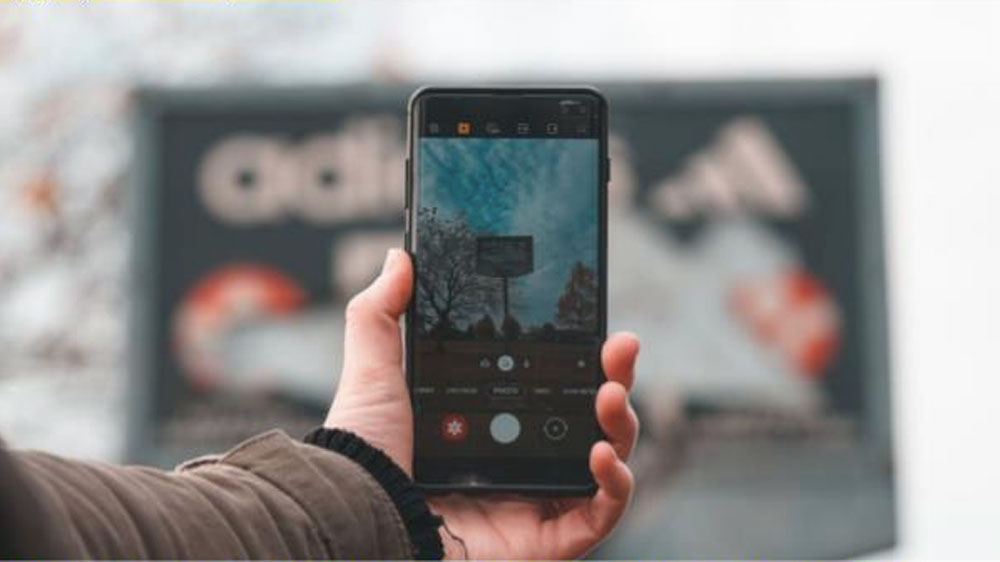
This is an incredibly effective concept for product photography because it allows you to incorporate background elements that relate to the product without being overtly promotional. For instance, our sample image of a person holding a bottle demonstrates that the product is intended for human consumption without detracting from the bottle itself.
5. Time to dive into the setting:
An excellent editorial shot can be created by placing a product in the environment in which you would find it. It is frequently said that you can always tell editorial photography when you see it. Simply put, editorial photography is any photography that tells a story. This can only be seen visually or can also have text explaining what is happening in the picture.

Putting the item in a natural setting result in an editorial shot that can help sell whatever it is you are photographing, which is what this has to do with product photography. Images like these offer a glimpse into how that product might fit into your life while also telling a story.
6. Let us hang the products:
If you can hang your goods, why lay them down? Try hanging or holding them for your photos if you have clothing items. Keep the hanger or hand out of the shot and focus on the item's distinctive beauty.
7. Keeping everything casual:
The days of models holding up whatever it is you are supposed to want to buy while forcing a smile are over; stick to casual. Images that are not trying way too hard to scream "BUY It Now" are more powerful than those that are.
8. Body is the compositional accessory:
The human body can be used to compose your shot, such as the hands holding an object. The product does not even have to be something that people typically have on hand! Additionally, this concept enables you to display the product in ways that are impossible with it lying flat on the ground.
9. Showing the real use:
Demonstrate that product being used if you want to; the more your images describe your product, the more powerful they will be. Do not be concerned about unboxing the product and using it because many of the items used in product photography cannot be resold because they have been handled and opened.
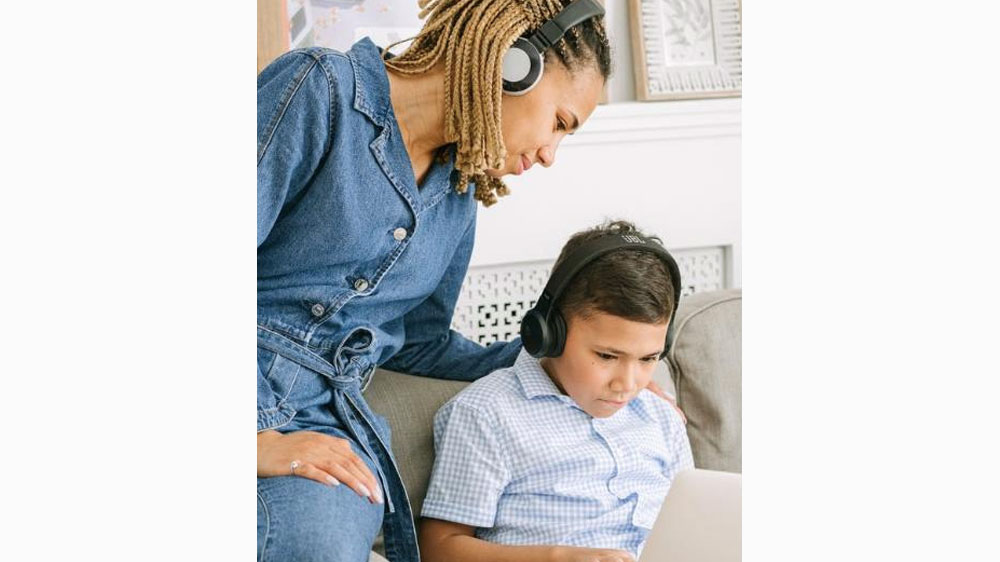
10. And here comes depth of field
Use a shallow depth of field to indicate that there is a person there but keep that person's identity ambiguous for a more candid and lifestyle-oriented look. The model blends into the background, which makes it easier to incorporate the product into the setting without it becoming distracting. This photograph seems to have been taken with an aperture of about F/1.4.
11. Scale to show off size
A fantastic way to sell something is to demonstrate its size. Play around with distinct items whose sizes are known. If everything else fails, use hands as a scale since we are aware of their typical size.
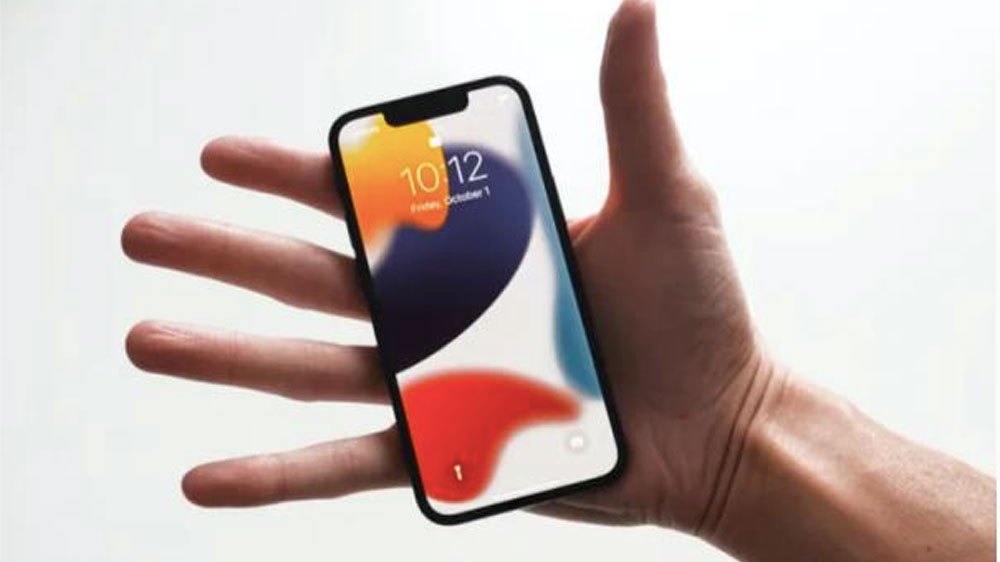
12. Time to go monochrome
Monochromatic pictures have an edgy and cool vibe. Limiting the colour palette is a great strategy if you need to capture a commodity that needs to look classy or masculine.
13. Bringing up lifestyle
Any marketing professional will tell you that a huge portion of any product photography is used to promote the lifestyle or status that comes with using the product. Because of this, this concept is frequently best illustrated through photography or videography.
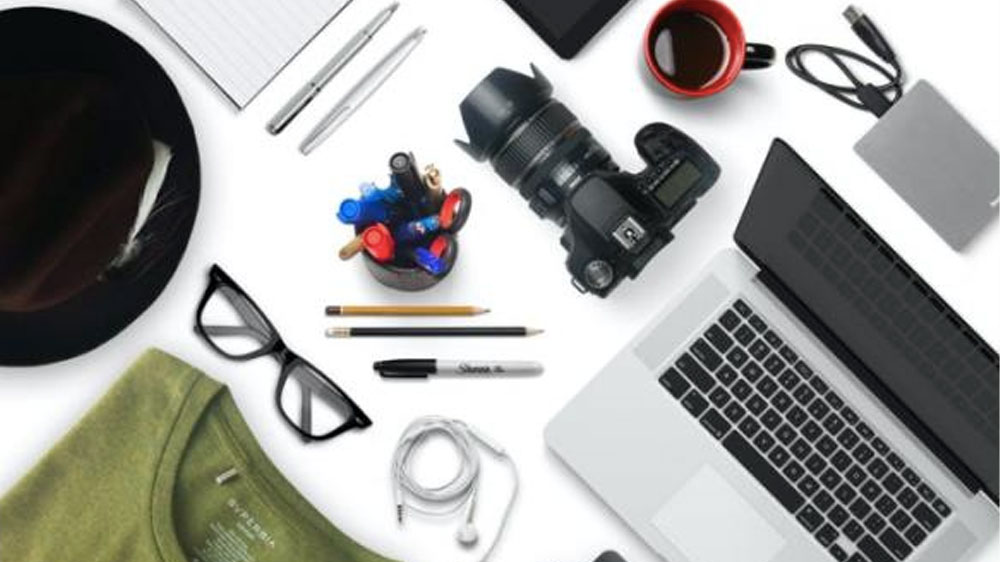
14. Splitting the colours:
When you can use two colours, why concentrate on just one? You could really add a lot of aesthetic interest and use the product to convey an emotion by dividing your composition into two equal halves with two colours.
15. How about embracing the holidays, seasons, and festivals:
Nowadays, a lot of electronics product photography is available on websites and social media. Being present is the best way to remain current with whatever is happening virtually. This entails producing content that is appropriate for the current season, event, holiday, or trend. Make use of that as the basis for your flat lay.
16. Symmetry is fundamental:
Humans are drawn to symmetry because it creates pleasing compositions. Utilise our innate desire for order to create impactful flat lay images.
17. There is no need to worry about coloured light:
It is not always necessary to use white light; adding a little colour can make for some excellent product photography. Just be careful not to go overboard and start changing the product's actual colour.
18. Time to be bold:
The drama is a genius way to market goods that require a little edge, like wine! The best way to experiment with dramatic lighting is to use a darker background and sprinkle your product with small highlights here and there. This image was created using a triangle arrangement of some kind. My best guess is that the reflection at the top of the bottle was created by an overhead light pointed down at a 45-degree angle, and the rim light was produced by two lights placed either side of the vial diagonally angled towards it. That is how I would get this look, if anything!
19. Your flooring and counter can do wonders:
Want to perform a flat lay or something similar but lack the necessary flat lay boards? Do not ignore your floors and countertops because they might be the ideal fit! Granite is a particularly fantastic surface to use because of its lovely pattern. Flooring options like wood and tile are also extremely popular.
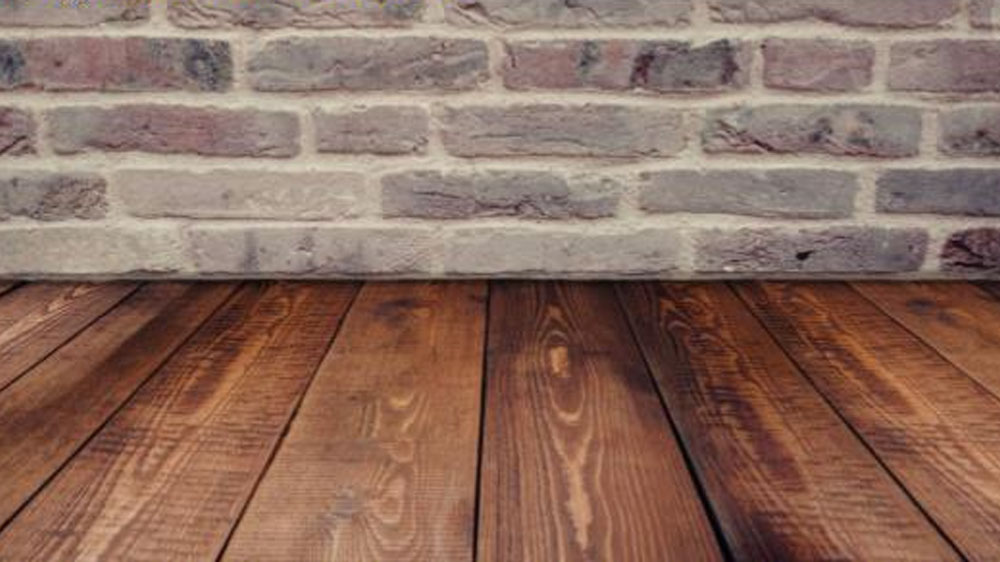
20. Rim lights may be!
Many product photographers only pay attention to lighting the product from the front, ignoring the sides. Rim lighting can help lift the product off the background and create an extremely attractive outline by illuminating those edges. Both product photography and photography of living subjects can benefit from this eye-catching lighting.
21. Go for reflective surfaces.
Reflections are cool, and they give photographs an amazing compositional element. If your product is not too heavy to break it, think about purchasing a piece of plexiglass, real glass, or a mirror and placing it on top of that! You can create a distinctive image that demands attention by taking the shot from the product's perspective.
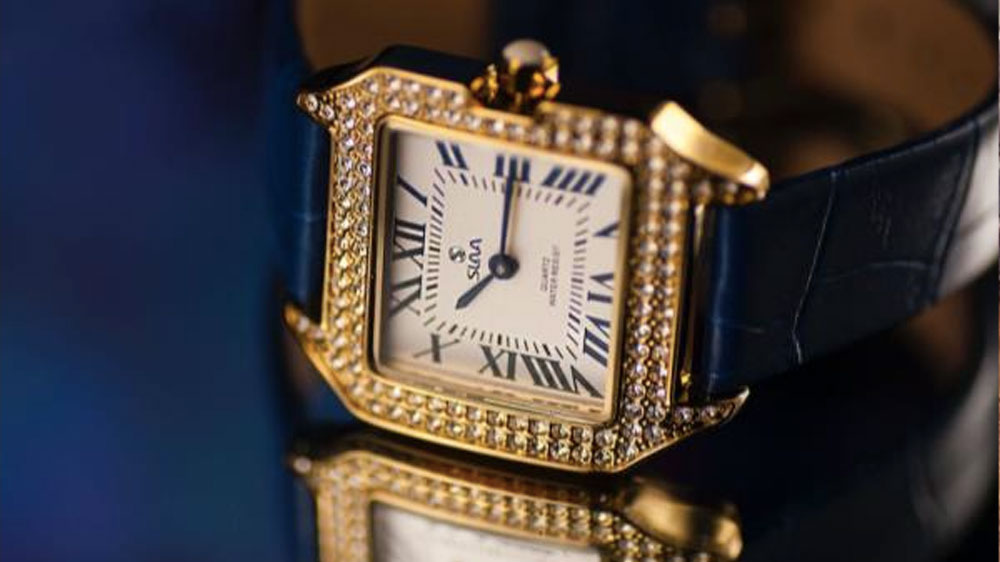
22. Let us play with levels
When experimenting with levels and stairs, compositions work incredibly well. When photographing multiple products, such as a product with various variations, this is especially impressive. Create mountains for your products to stand on using apple cartons, platforms, stands, and more!
23. Creation of a story set.
Even though we discussed telling stories in the section prior to this one, the studio offers a wider range of potential outcomes. You have ample tools to build an entire set exactly how you want it because you have complete control over every aspect of your studio, from the lighting to the colours of the backdrops. Play around with storytelling and props as much as you like!
24. Bokeh textures are cool
Using a wide-aperture lens allows you to produce different bokeh textures, which is particularly useful when photographing jewellery. Hang some glittery materials, lights from the holidays, or anything that sparkles on the rear end of your studio. Enjoy the dreamy effects by positioning the item close to you (and your lens), using apertures between F/1.8 and F/1.2, and shooting it.
25. Sometimes a quirky model can be good too.
When taking photographs of a product that calls for playfulness, spontaneity, and vivacious energy, hire a unique model and get creative! Do not be afraid to defy convention and place the hat on the models' knees or the bottle on your head. You did it right if it seems to have come straight out of Alice in Wonderland.
26. Add some movement and dynamism
Adding some electricity and motion to the shot can make it much more dynamic since still images lack context and are static. Play around with all the various movements you can achieve when photographing electronics items
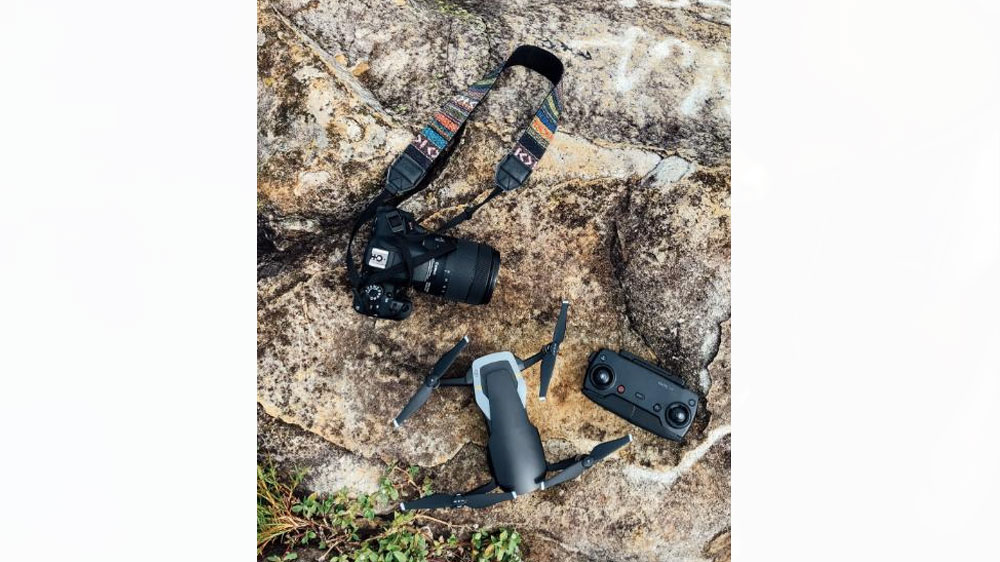
27. Sliver of light
Even though they are not particularly easy to create, the most straightforward images can occasionally be the most powerful. You can draw the audience's attention specifically to what you want them to focus on by casting a thin, triangular spotlight on your product.
28. Mirrors and reflections
Reflections are a fantastic tool for producing "wow" photos! Put the item on a shiny, reflective surface like a mirror or plastic sheet. The reflections of the studio lights can be managed in a studio, resulting in a clear and focused image.
Bonus Tip to Click Electronics Photographs:
- Just before you shot, clean the board! Every fingerprint and dust particle may be seen in tack sharp images with a great depth of field. If you don't clean the product before the picture shoot, you'll have to use Photoshop to correct it.
- Support the board or item. A few minor items that can be utilised to support the product should always be kept on hand. These things must be tiny enough to be invisible in the image and should preferably be black.
- Use mirrors or reflectors. Either mirrors or portable reflectors can be used to eliminate any shadows on or around the product in order to achieve consistent illumination around it.
- Prepare yourself. Ensure that all your equipment is prepared and functional. View the item and the position of the photo in advance if you can so you are aware of what you are dealing with.
- A fantastic time. Be enthusiastic about the subject of your shot. Your work ethic and the calibre of the images may both be impacted by how you feel about the result.
We are a studio involved in Electronic Product Photography, and we provide the services mentioned above in one location. The level of our shoot is industrial, and our photographic team continually strives to introduce new framing angles and lighting techniques. For any such requirements, contact us or drop a mail.